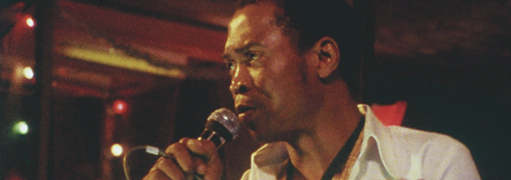Film Review: Finding Fela
Musical Documentary Looks At The African Rabble-Rouser Who Lit A Fire Under A Hit Broadway Musical


the African Elvis
Latest Article|September 3, 2020|Free
::Making Grown Men Cry Since 1992


the African Elvis